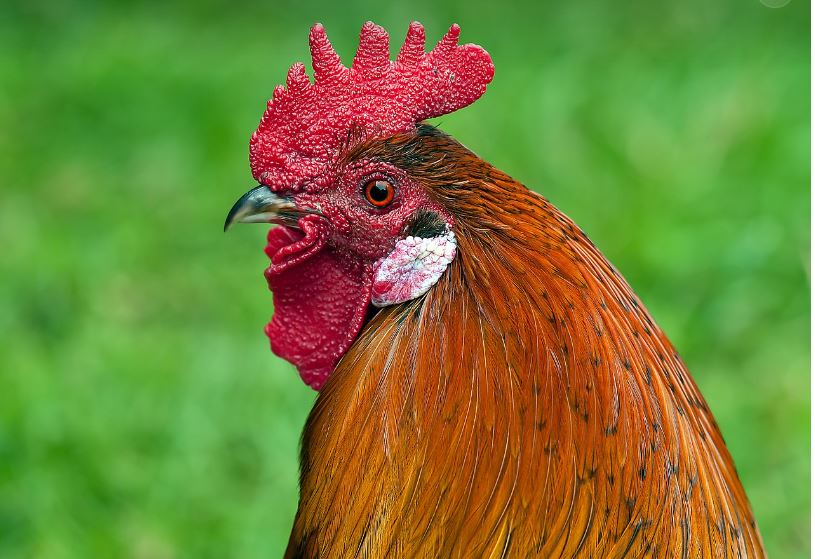Porto Alegre, September 5, 2024 – With the problem caused by Newcastle disease in Rio Grande do Sul overcome, Brazilian chicken farming is back on track and is working at a strong production pace, which is quite understandable. Conditions remain quite favorable. Demand, especially the external one, signals significant exports of chicken meat. Domestic demand is also responsive, with the Brazilian economy’s unemployment rate at its lowest level in recent years.
With rising consumption, domestic prices have remained balanced. When it comes to exports, this is a unique moment for Brazilian chicken farming, with monthly exports ranging between 400,000 and 430,000 tons, consolidating the country as a major supplier of chicken meat on a global scale, gaining increasingly larger market shares to the detriment of our direct competitors.
Last July, the housing of Brazilian breeding chicks hit 621.7 mln, the highest for the month of July in history. For comparison purposes, in July 2023, around 568 mln chicks were housed, that is, there was an increase of 9.46% between one year and the next. In the entire year, around 4.13 mln chicks were housed, an increase of 3.0% compared to the same period last year (January to July).
The expectation is that housing will remain at high levels, considering the demand conditions mentioned above. Costs are also not a problem, despite the recent hike in the prices of soymeal and corn, there is still availability of inputs capable of supporting production under current conditions.
The year has been quite favorable, with good average profitability. The exchange rate movement is a double-edged sword, allowing an improvement in chicken meat export revenues, to the same extent that it increases animal nutrition costs, boosting the prices of corn and soymeal. Overall, the sector is in control of the situation, showing good capacity and resilience to face potential crises.
It is worth mentioning that the sector has production flexibility that is not present in other animal proteins, with the ability to make adjustments by reducing the housing in such a way that other sectors simply cannot. The sector has worked assertively in the current season and has the necessary means to overcome potential crises.
Safras Latam

